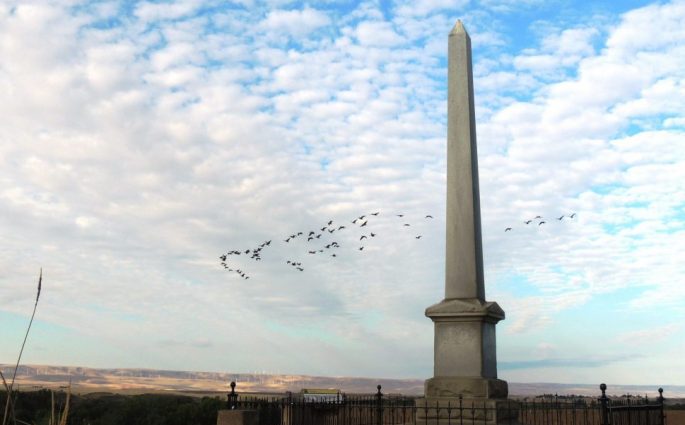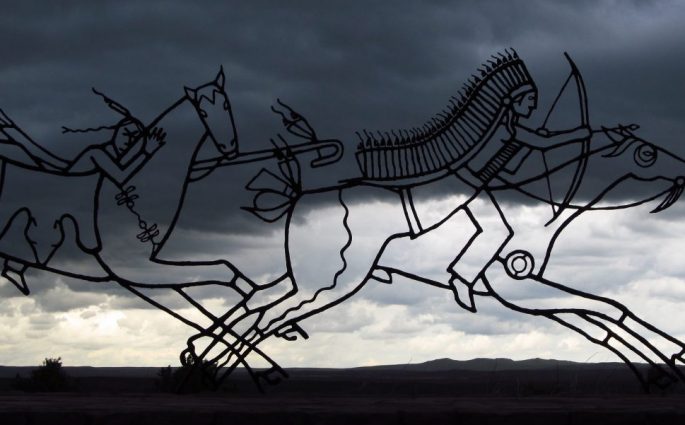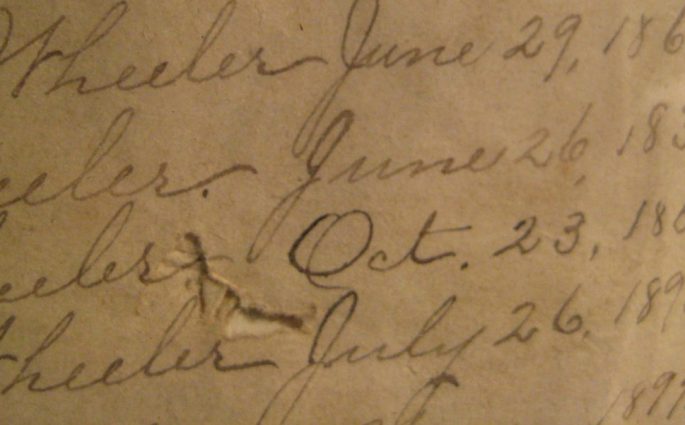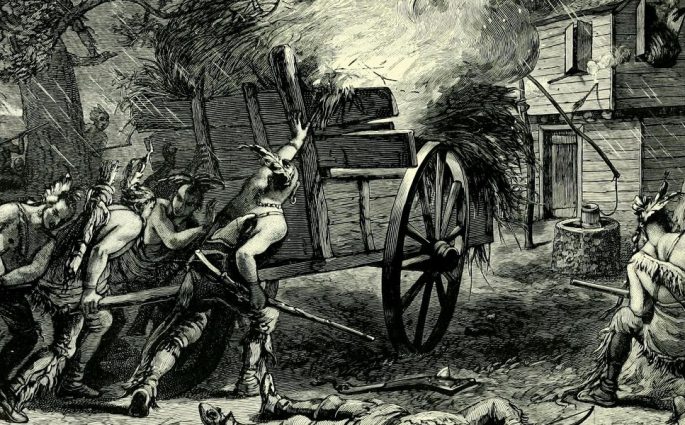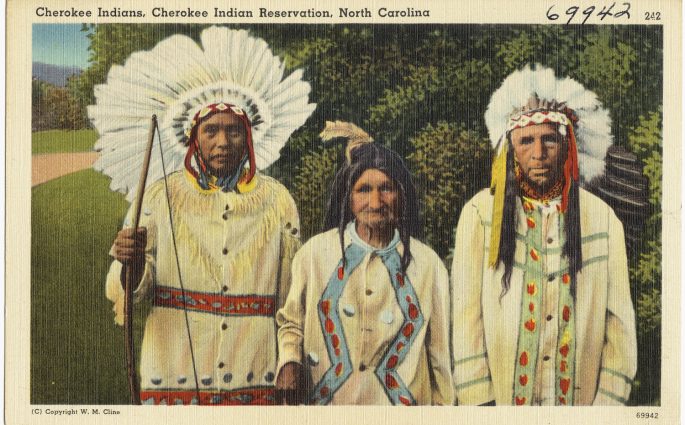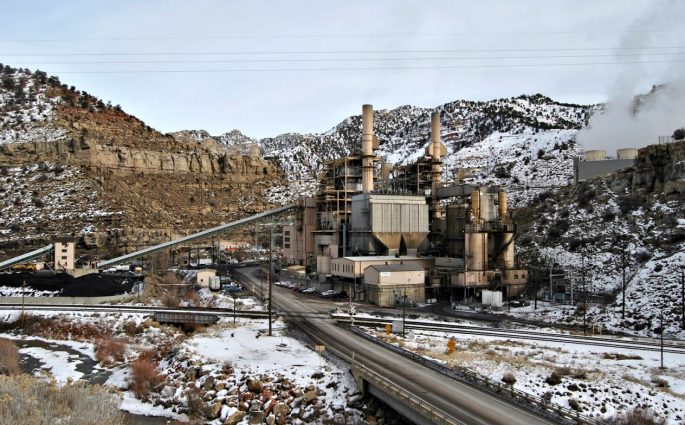The Whitman Monument, the Cayuse Five, and Landscapes of Western Memory
Sarah Koenig— On a hill in Southeast Washington, a 26-foot, 11-inch white marble obelisk inscribed with the word “Whitman” stands in striking relief against the Blue Mountains in the distance. The monument marks the mass grave of Protestant missionaries Marcus and Narcissa Whitman, along with eleven other white Americans who

